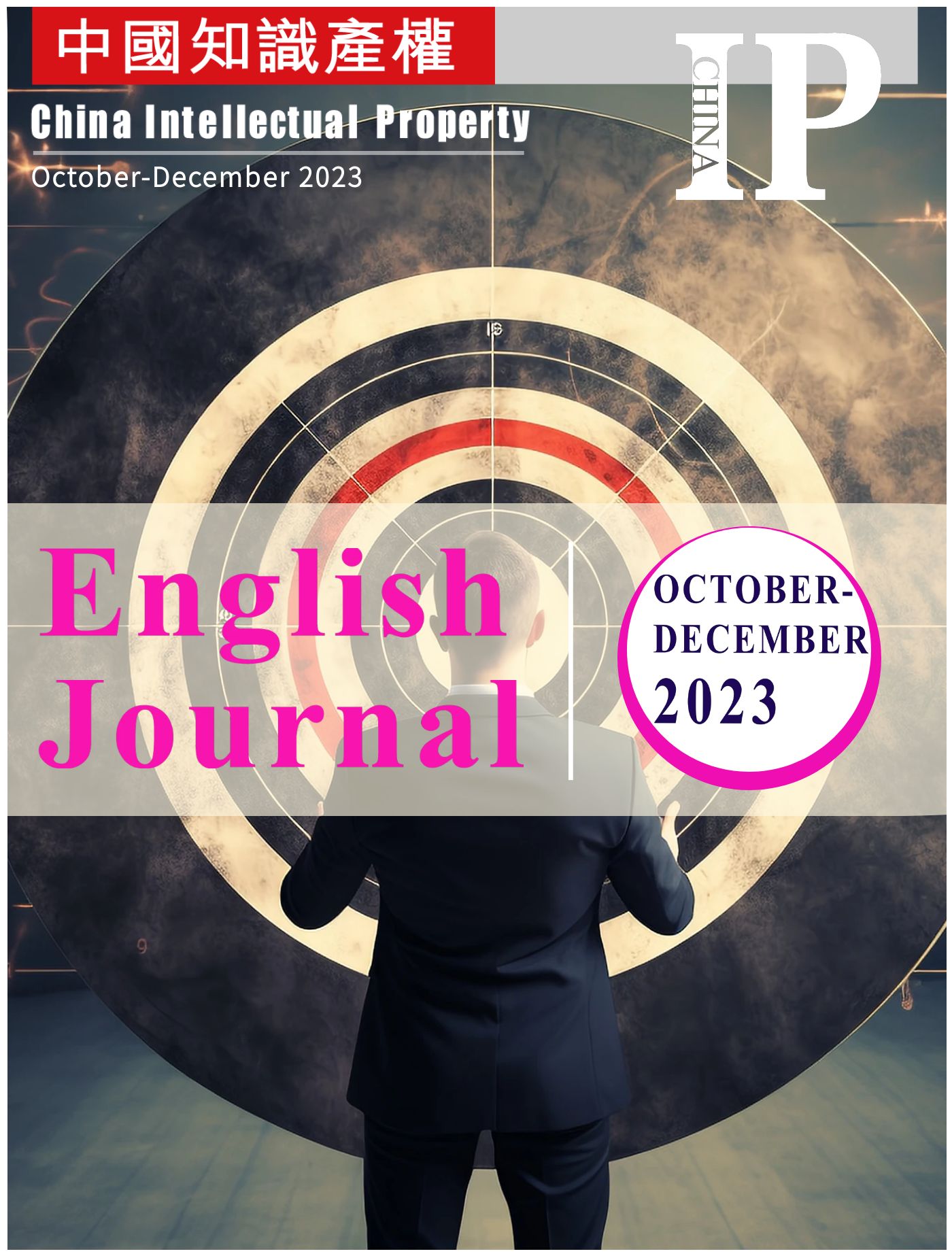

After nearly 50 years and various attempts to have a ‘unified patent system’ in Europe, on 1 June 2023 we saw the dawning of a new era with the opening of the Unified Patent Court (UPC) and the beginning of a new patent regime with the Unitary Patent (UP). At present the new system covers 17 European countries with a combined population of 300 million and a combined GDP of US $12 trillion. This is likely to grow to 24 European states with a combined population of 357 million and a combined GDP of US $13.4 trillion. The UPC therefore covers the third largest market in the world after China and the USA.

Despite several false starts and the system being shrouded in uncertainty until only months before it started, six months on we can already start to see that the early trepidation surrounding the UPC has subsided, and confidence in the new system is growing. The numbers of cases that have already been filed speak for themselves – the UPC and UPs are being seen by both patentees and challengers as an attractive option within their European arsenal.
By 7 December 2023, the UPC’s case management system (CMS) identified 115 cases, including 54 infringement cases, 23 revocation cases, and 29 counterclaims for revocation. While the Court was initially touted as a ‘patent friendly’ option, litigants are clearly seeing the benefit of centralised revocation actions which will ‘clear the way’ in all 17 UPC Member States. Of the 23 revocation cases only 3 relate to UPs, meaning in the other 20 cases the challenger could have commenced either national revocation or UPC revocation proceedings, but opted for the latter - in respect of UPs, the UPC has exclusive jurisdiction over validity and infringement of the patent whereas in respect of ‘traditional’ European Patents which have not been opted-out from the jurisdiction of the UPC, the UPC has concurrent jurisdiction with national courts.
Infringement and revocation actions have both attracted litigation in a variety of technical areas. To date, three cases have been appealed before the Court of Appeal in Luxembourg: one relating to the grant of preliminary relief and two on procedural matters.
Like the UPC, UPs have also proven to be a popular option for patentees. In the six months since UPs became available, approximately 15% of patents granted by the EPO have been designated as UPs. Broadly speaking, the requests for UPs have been equally spread between industries, although according to data produced by the EPO, there appears to have been the highest uptake for patents relating to ‘medical technologies’. Considering that UPs fall within the exclusive jurisdiction of the UPC, this is a further indication that patentees have confidence in the UPC.
The early days of the UPC
As one might expect, the start of the new Court was not without its pitfalls. As widely reported, the CMS for the UPC struggled to keep up with early demand, which resulted in many of the early adopters resorting to having to file ‘hard copies’ of documents. This presented some real challenges, including a dispute regarding which party had filed first in a litigation frenzy between Sanofi and Amgen.
However, the enthusiasm of those responsible for the system has proven to be one of its greatest assets, and those early teething issues have now been largely resolved. The CMS has also been updated to introduce a number of new features and improvements in response to requests from the users. This level of interaction between the Court and its users is almost unheard of in Europe, and potentially paves the way for the Court to be developed into the ‘super court’ for which many had hoped.
Venue
The UPC is made up of two central divisions (Paris and Munich, with Milan expected to come on board in June 2024) and 17 local / regional divisions divided between the 17 UPC Member States, which are all overseen by the Court of Appeal in Luxembourg. In the case of the central divisions, the choice of venue is based on the subject matter of the patent, while for the local / regional divisions, the choice of venue is based on the location of the infringing acts or the domicile of the defendant. As infringing acts often take place in multiple UPC member states, claimants often have a choice of venue and will look to forum shop to obtain strategic advantages. Counsel with experience of pan-European litigation will inevitably have a key role to play in developing these strategies for clients.
Language
All local and regional divisions of the UPC have designated English as a potential language and it is expected that the majority of proceedings will be conducted in English. Judges within the German divisions of the UPC have recently remarked that it would be preferable for parties to file proceedings in English as this would allow for a larger pool of Judges to be used to staff these divisions – as English was designated as a potential language by the German divisions at a very late stage, many of the initial cases commenced in the Germany were filed in German.
In most cases, claimants may alternatively choose to use the local language of the division in which they file. It is also possible to switch the language of the proceedings after commencement. For example, proceedings before the Hague Local Division were switched from Dutch to English despite an objection from the claimant (who had commenced the proceedings in Dutch) and proceedings before the Munich Local Division were switched from German to English (with the agreement of the parties).
Timing
One of the most attractive features of the UPC is the ambitious timelines, with the Court aiming for a first instance hearing within 12 months of filing. While this was previously achievable in a small number of European jurisdictions, it is now potentially possible for litigants to achieve this with effect for all 17 UPC Member States.
It appears that the Court has recognised that this is an attractive feature of the system and is seeking to meet this goal. This is reflected by the Court’s strict approach to deadline extensions, and the high threshold which it is setting for the stay of proceedings. The approach being adopted by the Court is sending a very strong message to litigants – the Court does not want unnecessary delays.
In one matter that was filed on 1 June 2023, the Court has fixed the hearing date for 17 September 2024. While this does not meet the 12-month ambitions of the Court, this will still be considered a quick timeline for proceedings involving infringement and validity arguments, and is much quicker than proceedings before the majority of national courts of the UPC Member States. If the UPC is able to maintain this speed with the increasing numbers of cases, it will be an attractive forum for litigants swiftly to achieve commercial certainty.
However, these ambitious timelines impose tough deadlines on defendants. In most cases, a defendant to a UPC claim will have only three months to prepare their defence, including the identification of relevant prior art and invalidity arguments. Potential defendants would therefore be well advised to prepare as much as possible should any UPC actions be likely to be brought against them.
Provisional measures
The first six months of the UPC have already produced several decisions arising from applications for preliminary injunctions (or provisional measures as they are referred to in the UPC Agreement (UPCA)). Preliminary injunctions (PIs) are a very powerful tool for patentees and the UPC’s willingness to grant PIs, including on an ex parte basis in one instance so far, will be welcomed by patentees.
Preservation and inspection orders
We also have some insight into the standards the Court is likely to apply in applications to preserve evidence and carry out inspections. While seizures to obtain evidence are commonplace in some European jurisdictions (the French saisie-contrefaçon being one of the most widely known examples), there are many European jurisdictions where these have either not been available or are very difficult to obtain. With many European jurisdictions (and now also the UPC) having a ‘front-loaded’ system, the option to obtain evidence through the UPC always had the potential to be a popular tool, but there was much debate as to the standards to be applied. The UPCA requires that the applicant submit “evidence to support the claim that the patent has been infringed or is about to be infringed”.
The Milan and Brussels Local Divisions have both allowed applications under these provisions and have applied a relatively low threshold in granting them. For example, the Brussels Local Division granted an order allowing for inspection and preservation of evidence having found that the applicant had established that it was plausible that the patent was valid and infringed. Patentees will welcome the application of the UPCA in this way given the opportunities it is likely to provide for obtaining evidence in support of an infringement claim.
Costs
The legal costs of UPC actions are considerably lower than litigating in the USA or the combined costs of litigating across all 17 UPC Member States. The UPC therefore offers a cost-effective way of bringing patent litigation across a large part of the European market. The UPC rules also provide that the successful party may recover its legal costs from the unsuccessful party, with the amount that may be recovered capped according to the value of the proceedings.
What to expect in the next six months?
One of the greatest concerns with the new system was the uncertainty it presented, but as experience increases, the attractiveness of the UPC will inevitably continue to grow, and we can expect to see increasing use of the Court for this reason.
Many of the cases which have been filed so far are part of larger disputes between the parties, with parallel proceedings before national courts (in Europe or beyond). We expect that this will continue as litigants continue to gather confidence to use the UPC as one tool in a larger strategy.
We have seen a number of actions based on Standards Essential Patents recently started in the UPC. These are part of global litigation strategies in which FRAND determinations are being pursued in other Courts. The progression of these cases, including the interplay between proceedings in national courts, will certainly be watched with great interest by other players in the field.
The coming months will likely also shed some light on procedural topics such as when third parties can access Court files (a question which is currently before the Court of Appeal).
Finally, we can also expect to see the first substantive hearings in the UPC around the time of the Court’s first anniversary, which will give an early insight into the standards the Court will apply in assessing validity and infringement. The establishment of such standards across multiple divisions of the UPC will be followed with interest and will likely have a substantial impact on how litigants use the system in the longer term.
|
Copyright © 2003-2018 China Intellectual Property Magazine,All rights Reserved . www.chinaipmagazine.com 京ICP备09051062号 |
|
|



